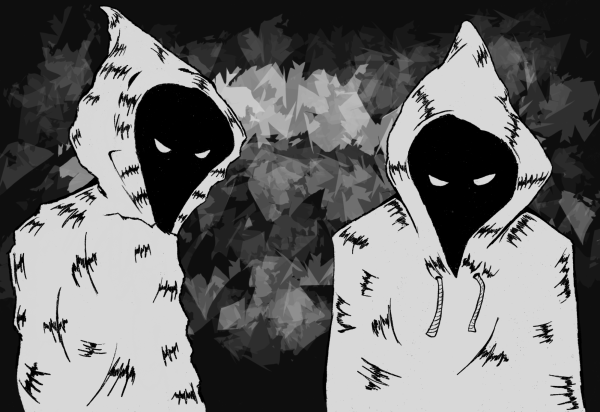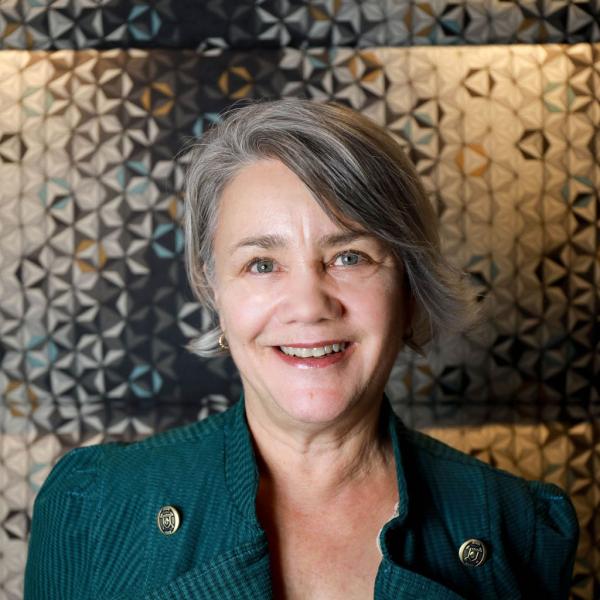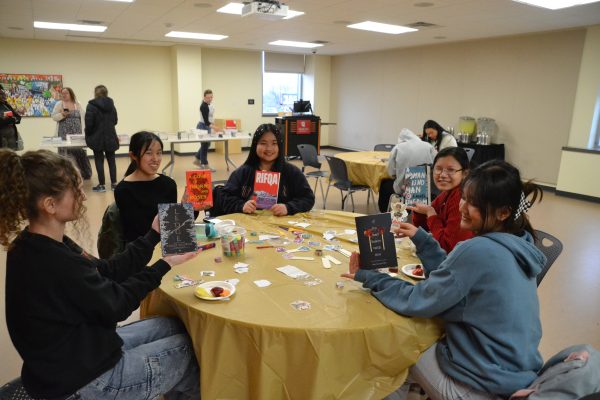Immigration and sexuality
Dr. DasGupta spoke on sexuality and the connection to American borders at the Rainbow Series Keynote.
March 12, 2017
The Perverse Borders was a workshop, allowing people to interact with each other and learn about discrimination in immigration, including bans that were placed against the LGBT community and other nationalities throughout history.
Sitting at small tables around the room, students and faculty participated in the workshop.
Assistant Professor in the Department of Geography and Women’s Gender Sexuality Studies at the University of Connecticut, Dr. Debanuj DasGupta led the workshop.
“Perverse desires are desires that cannot be contained into labels, categories, nations or borders,” DasGupta said, explaining why he called the workshop “Perverse Borders.”
To show the connection between immigration laws and family history, DasGupta had different immigration laws taped around the room—such as the ban of LGBT people from immigrating into the U.S. in 1965, or the Indochina Immigration and Refugee Act in 1975 that allowed refugees from Asia to come to the U.S.
One at a time each table walked around the room, placing a sticky note under a particular time period, indicating when their family came to America and where they had immigrated from.
“Growing up in school we didn’t learn about the bans and immigration, especially those closer to us [in the 1960’s to now],” junior Molly Leone said.
Many sticky notes surrounded the beginning dates around Ellis Island in 1900 and at the end towards 1975 to now. Some commented on the lack of sticky notes during the middle dates. The stark visual showed how the immigration laws and the strict discrimination of certain groups into the U.S. affected the ability for people to get into the U.S.
“Borders are not just around nations, but around bodies,” DasGupta said, referring to the laws prohibiting people to be who they are, such as public bathroom policies. “If you cross the border between man and woman, people don’t know how to contain you.”
DasGupta explained his own experiences of being detained by Immigration and Customs Service (ICE) as a gay, undocumented immigrant who was placed in containment. He explained that LGBT detainees were often treated cruelly, such as being denied medicine or other care.
He also explained how people should watch for the laws and actions that are being implemented today as President Donald Trump plans on hiring 15,000 more border patrol and ICE agents.
To end the event, attendees drew a gingerbread person. With a heart in its chest, they wrote what they took away from the event. Then down by its feet and hands, they wrote what they wished to do with the knowledge they gained from the event.
“I think this event was really cool because it intersected the queer community and the immigration communities,” senior Katie Jerome said. “I’ve never been to an event that brings those two identities together.”






